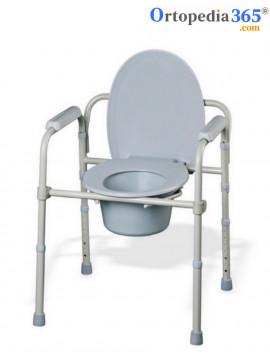What is RAID?
RAID, or a Redundant array of the independent disk, is a data storage function that combines many physical disk drive components into one or more logical units for data redundancy. It makes a significant contribution to improving performance and provides a very safe storage option in the form of disk drives or software.
What are the uses of RAID?
RAID can be a very efficient way to store and retrieve your essential data, ensuring that you never miss out. But it comes in both hardware RAID and software RAID forms.
Hardware RAID is the same as we explained earlier, with a hard disk keeping a duplicate of the original data.
Software RAID runs its functions and processing on the host’s CPU. It excludes the server processor’s data-loading process, which has an impact on how well it performs.
What is Hardware RAID?
In a hardware RAID configuration, the drives are connected to a RAID controller card that is installed in a fast PCI-Express slot on the motherboard. This applies to both personal computers and huge servers. The RAID controller card has been integrated into the drive enclosure of various external RAID drive enclosures.
What are the advantages of Hardware RAID?
1. Better efficiency, especially in more complex RAID systems. The dedicated RAID processor handles processing instead of the main computer CPU, resulting in less stress on the device when writing backups and less downtime when restoring data.
2. Has extra RAID setup options, such as hybrid configurations, which aren’t accessible with some OS choices.
3. Compatible with several operating systems. This is necessary if you wish to access your RAID system from both a Mac and a Windows device. Hardware RAID can be understood by any scheme.
What are the disadvantages of Hardware RAID?
1. More hardware means that the initial configuration will cost more because of this.
2. Certain hardware RAID setups that use flash storage arrays have inconsistent performance. Older RAID controllers inhibit the SSD’s built-in fast caching functionality, which is required to program and erase the drive efficiently.
3. Software RAID setups are exclusively utilized in enterprise computing for large systems.
What is Software RAID?
When storage disks are connected directly to a device or server without a software RAID controller, the RAID configuration is done by utility software in an operating system, which is known as a software RAID setup. Many operating systems, including Apple, Microsoft, various Linux distributions, OpenBSD, FreeBSD, NetBSD, and Solaris Unix, have RAID configurations.
What are the advantages of Software RAID?
1. Most operating systems allow RAID Software setups, making it easier to set up and complete configuration chores that fix a variety of challenges.
2. Software RAID installation is much less expensive because no new hardware is required.
3. Software RAID is highly suitable for basic RAID 0, RAID 1, and RAID 10 processing that does not require any additional device loading.
4. On one operating system, we can set up a RAID configuration, and then utilize it on other, identical systems.
5. As the settings are flexible and simple, RAID level reconfiguration is allowed.
What are the disadvantages of Software RAID?
1. Software RAID is also specific to the operating system being used, hence it cannot be utilized with drive arrays that are shared between operating systems in general.
2. The amount of RAID that your particular OS can support will be your only option.
3. If you use more complex RAID configurations, performance will suffer.
Conclusion
In this essay, we learned about RAID, its functions, and applications. The advantages and disadvantages of Software RAID vs. Hardware RAID have also been discuss. At Serverstack, we provide the highest level of security for Hardware RAID and Software RAID services, assisting you in ensuring data protection and application security.


